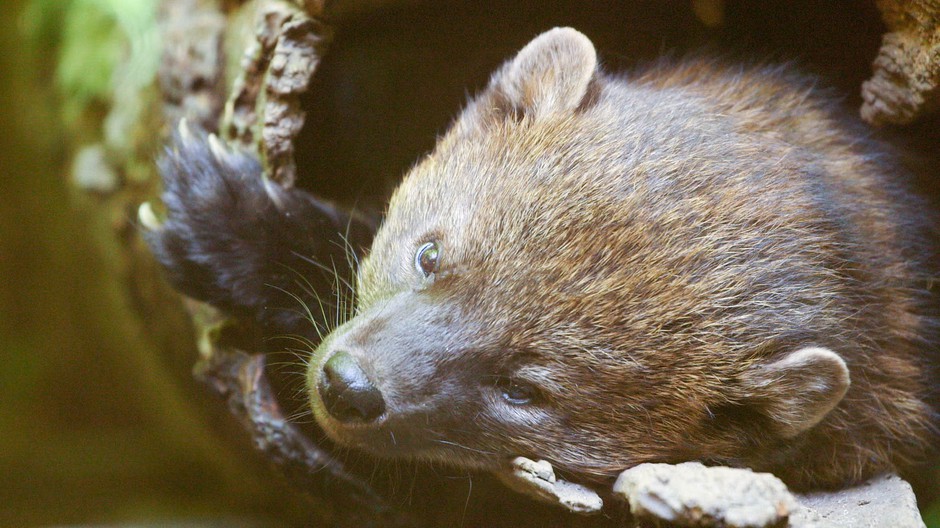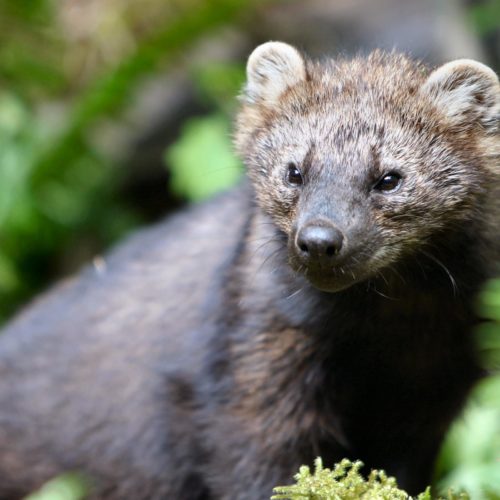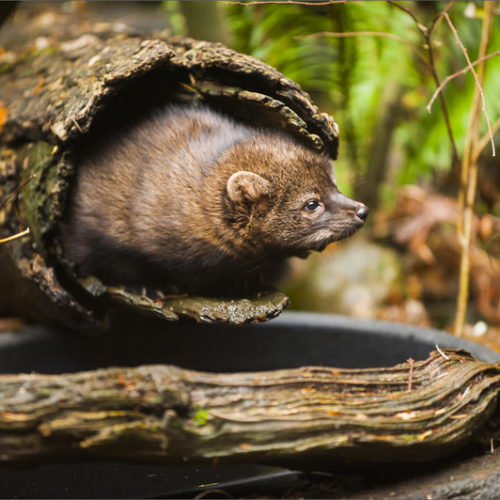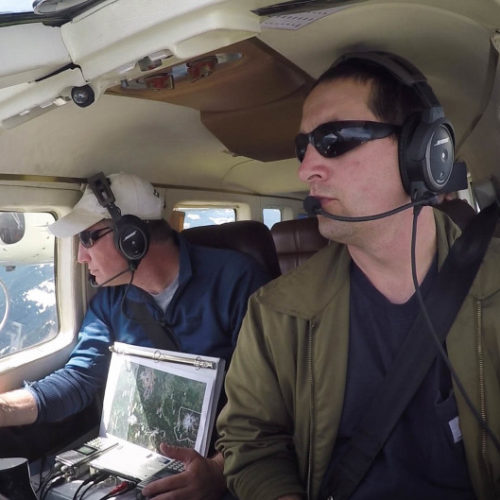
Gone Fisher-ing: An Elusive Predator Soon Returns To The North Cascades
Read On
Washington’s North Cascades will soon see the return of a small, weasel-like predator called the fisher. The carnivores have been missing from the area since the 1930s. Biologists hope the reintroduction next week will follow in the footsteps of other successful efforts in Washington.
Fishers are elusive predators that eat small wildlife like squirrels, snowshoe hare and mountain beavers. They’re about the size of a pet cat.
“They serve both as predators and as prey. Other carnivores actually eat them as well. We hope they don’t anytime soon,” said Jason Ransom, the lead wildlife biologist at North Cascades National Park.
The park will be the third area biologists will release fishers in the state. They’ve already successfully released 90 fishers on the Olympic Peninsula and about 50 in the South Cascades. Fishers in the South Cascades have been particularly successful, with about 80 percent still surviving, Ransom said.
Biologists released the fishers at a couple sites in the South Cascades. Since then they’ve seen a couple dens with babies.
“Whether it’s decisions we made or decisions the fishers made, or some combination, they seem to have set up shop where we put them. They liked where we put them. They seem to be surviving, and they definitely are breeding,” Ransom said.
Biologists have found fishers in the South Cascades really like the habitat in old growth and “on the edge,” Ransom said, near old fires and the blow-down of Mount St. Helens, “where they’ve got great cavities to hide in.”
The terrain in the North Cascades will be slightly more challenging.
“These nice little winding valleys with all the forest down low are great, but then there’s big mountains in the North Cascades,” Ransom said.
Fishers are listed as endangered in Washington. They’re under review for federal protection under the Endangered Species Act.
In Oregon, fishers are listed as sensitive. A native population still exists in the Siskiyou Mountains. The state reintroduced fishers from Montana and British Columbia in the 1960s and 1980s — those populations can still be found in the southern Cascades.
The fishers that will be reintroduced in Washington’s North Cascades National Park will come from Alberta. Biologists had previously brought in fishers from British Columbia, but fires last summer destroyed important habitat there.
Turns out, Alberta had plenty of fishers to spare.
“They said, we have more roadkill in one year than you need for your whole restoration project,” Ransom said.
The North Cascades will open up more habitat for fishers to roam, said Chase Gunnell, with Conservation Northwest.
“Fishers will have been returned to much of the remaining quality habitat in Washington state. There was certainly other areas of low– to mid-elevation forests across the Pacific Northwest that fishers used to call home. Some of those habitats have been degraded over the last century, but there’s really a lot of high-quality habitat in places like the North Cascades.”
Ransom said fishers — along with grizzly bears and potentially the Cascade red foxes — are some of the only remaining wildlife missing from the North Cascades. Other native carnivores are returning on their own, like lynx, wolverines and wolves.
“We’re getting the system back to the way it should be,” Ransom said.
He said reintroducing fishers also increases the park’s biodiversity.
“We know that when you have greater biodiversity, you have greater resilience to things like climate change. To things that we just can’t predict,” Ransom said.
Biologists hope to eventually release 80 fishers in the North Cascades.
Related Stories:

Porcupines And Hares Beware! Weasel-Like Fishers Return To North Cascades
An elusive carnivore in the weasel family is roaming free in Washington’s North Cascades for the first time in at least 70 years.

Aerial Survey Flights Find Reintroduced Fishers Dispersing, Possibly Reproducing
Since 2008, wildlife biologists in Washington state have worked to reintroduce the fisher, a locally-extinct forest weasel.

Once-Vanished Fishers Are Making Their Comeback In Washington
Biologists released a handful of weasel-like animals called fishers into the Washington Cascades in 2015. Two years later, the scientists returned to see if they were surviving and reproducing.















